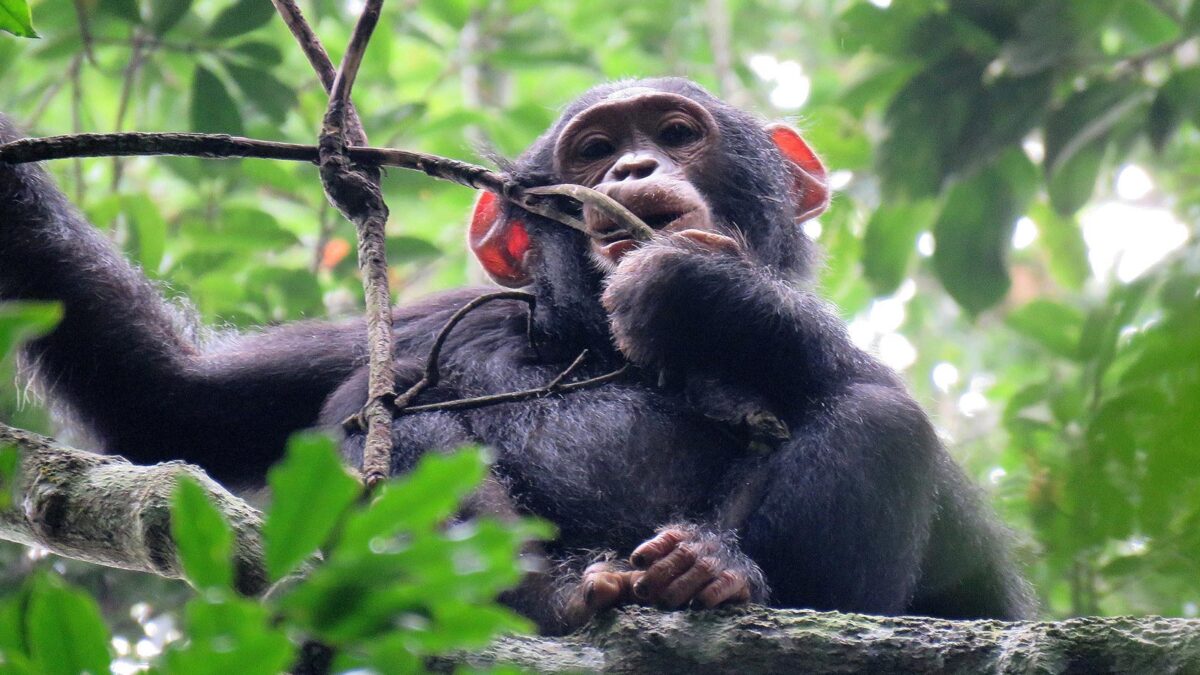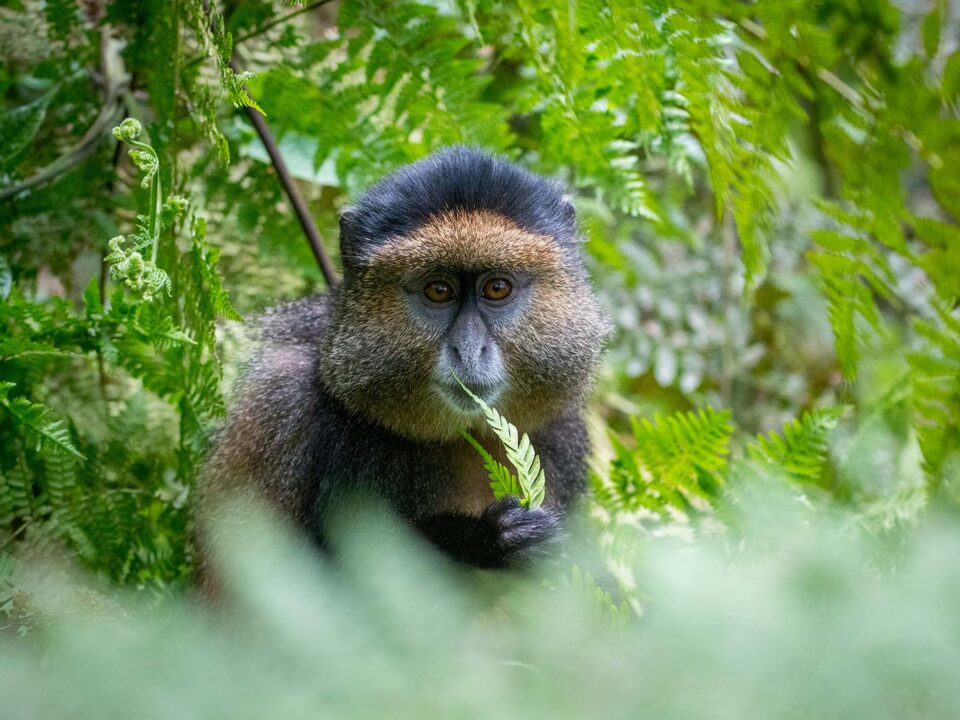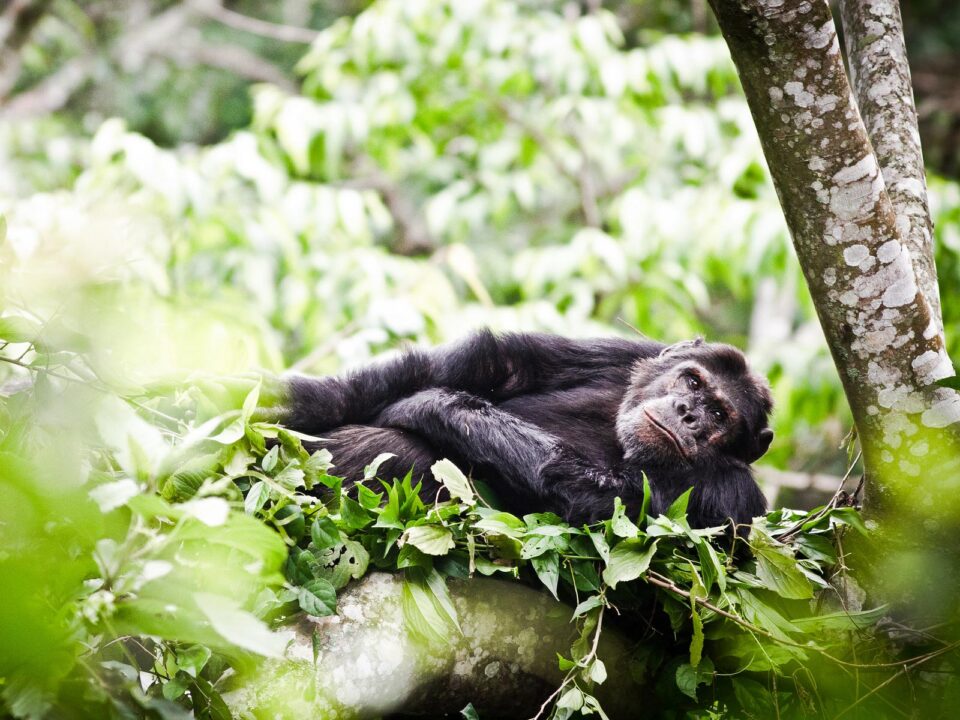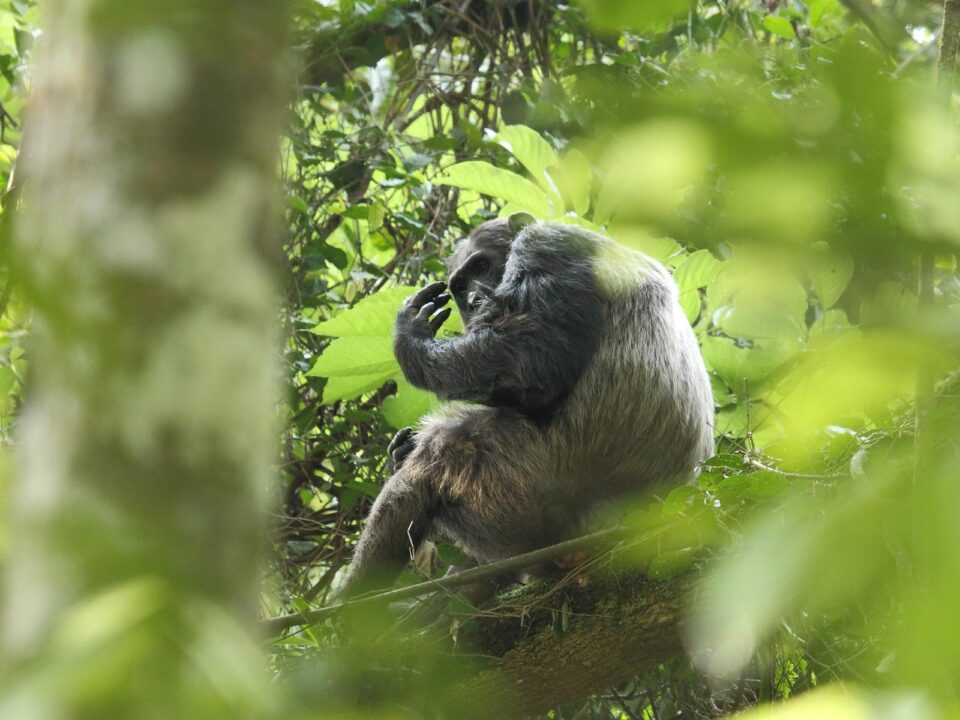Why Visit Gishwati Mukura National Park Rwanda

Rwanda Chimpanzee Tracking Safaris
August 10, 2023
Female Guide for your African Safari
August 10, 2023Exploring the Enchanting Gishwati Mukura National Park in Rwanda
Nestled within the intricate embrace of Rwanda‘s landscape lies Gishwati Mukura National Park, a captivating testament to the delicate balance between humanity and nature. As we delve into its story, we uncover a journey of transformation and conservation, where the past’s scars are gradually healing to forge a brighter future.
A Tale of Resilience and Restoration
According to the United Nations Environment Programme (UNEP), the once-vibrant forests of Gishwati stood resilient in 1978, embodying the unspoiled beauty of nature. Yet, the echoes of tragedy reverberated through the following years, as the nation grappled with the aftermath of a devastating genocide. In the shadows of this somber chapter, waves of refugees sought refuge in Gishwati Forest, altering its landscape for subsistence farming. By 2001, a mere fragment of the original expanse remained—a small circular patch spanning 1,500 acres, a stark contrast to the forest’s former glory.
A Mosaic of Diversity
Gishwati Mukura National Park stands as a testament to the intricate mosaic of life that defines Rwanda’s ecosystems. This sanctuary comprises two distinct forests, Gishwati and Mukura, together spanning 34 square kilometers and encircled by a protective buffer zone. Perched along the sweeping ridge that demarcates the Congo and Nile water catchment areas, the park flourishes within the embrace of the Albertine Rift—a realm of astounding biodiversity in the western part of Rwanda. Among its arboreal inhabitants thrive 60 species of trees, including indigenous hardwoods and bamboo.
Wildlife Symphony
Within the verdant embrace of Gishwati Mukura, a symphony of life unfolds. The park echoes with the rustling of leaves as a community of 20 chimpanzees traverse their habitat. Among their companions are golden monkeys, L’Hoest’s monkeys, and the enigmatic Blue Monkeys. A vibrant avian community takes to the skies, boasting a repertoire of 232 species spotted within Gishwati, while Mukura hosts 163 species. These feathered inhabitants include Albertine Rift Endemic species and forest specialists, weaving an intricate tapestry of life among the trees.
Pioneering Conservation and Restoration
Gishwati Mukura National Park stands as a beacon of hope, exemplifying Rwanda’s commitment to conservation and restoration. It has embarked on a comprehensive landscape restoration program, breathing life into the ravaged terrain. The year 2019 marked a pivotal turning point, with the commencement of activities within the park. Nature enthusiasts can embark on guided nature hikes, unveil the secrets of chimp and monkey tracking, immerse themselves in the world of birdwatching, and marvel at the cascading waterfalls that grace the landscape.
Rekindling Harmony and Livelihoods
The park’s journey echoes a tale of resilience, seeking to mend the rift between nature and humanity. Past depletion due to resettlement, illegal mining, and livestock farming propelled the park towards a precarious fate. The formalization of its National Park status in 2015 serves as a beacon of hope. Through this transformation, the park seeks to rejuvenate the land, fostering tree growth to enhance soil fertility, stabilize slopes, and regulate stream flow. Moreover, this endeavor extends its embrace to the surrounding communities, aiming to elevate their livelihoods and weave a tapestry of coexistence.
A Tapestry of Experiences
Within the heart of Gishwati Mukura, an array of experiences await the curious traveler. Embrace the rhythm of rural life with a farm stay, immerse yourself in the captivating cadence of live cultural dances, and craft intricate handicrafts. Delve into the world of beekeeping and embark on a mesmerizing tour through tea plantations. A journey into traditional healing practices unveils the wisdom of using natural plants to complement modern medicine, bridging the gap between ancient knowledge and synthesized drugs.
As the sun sets over Gishwati Mukura National Park, it casts a golden glow upon a landscape of resilience and hope. In every rustling leaf and vibrant melody, a narrative of transformation unfolds—a testament to the boundless possibilities that arise when humanity and nature intertwine in harmonious coexistence.




